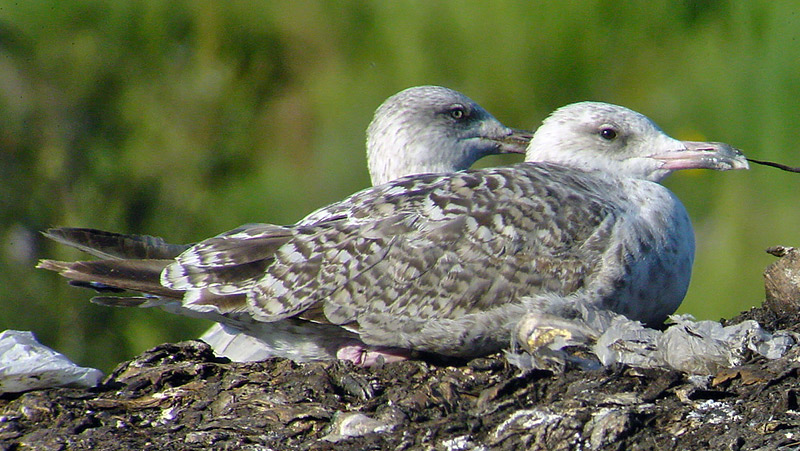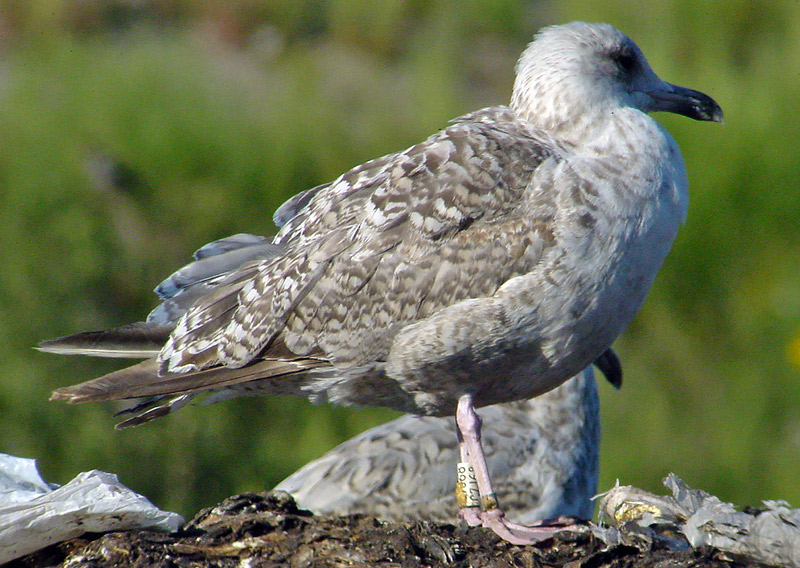 Herring Gull- Zilvermeeuw (argentatus & argenteus)
Herring Gull- Zilvermeeuw (argentatus & argenteus)
(last update:
Herring Gull plumages:
hg 1cy July
hg 1cy August
hg 1cy September
hg 1cy October
hg 1cy November
hg 1cy December
hg 2cy January
hg 2cy February
hg 2cy March
hg 2cy April
hg 2cy May
hg 2cy June
hg 2cy July
hg 2cy August
hg 2cy September
hg 2cy October
hg 2cy November
hg 2cy December
hg 3cy January
hg 3cy February
hg 3cy March
hg 3cy April
hg 3cy May
hg 3cy June
hg 3cy July
hg 3cy August
hg 3cy September
hg 3cy October
hg 3cy November
hg 3cy December
hg sub-ad January
hg sub-ad February
hg sub-ad March
hg sub-ad April
hg sub-ad May
hg sub-ad June
hg sub-ad July
hg sub-ad August
hg sub-ad September
hg sub-ad October
hg sub-ad November
hg sub-ad December
hg ad January
hg ad February
hg ad March
hg ad April
hg ad May
hg ad June
hg ad July
hg ad August
hg ad September
hg ad October
hg ad November
hg ad December
|
Herring Gull C7J68 2cy (argentatus), August 06 2002, Tampere, Finland (61.31N,23.43E).
A 2cy argentatus, ringed in
Finland: white C7J68. The complete moult in summer is well underway with
most wing-coverts and the inner primaries moulted to second generation.
Primary P8 has been dropped and P9 is still juvenile. P1-P5 are fully
grown second generation flight-feathers. As can be seen in the image, the
inner secondaries are still juvenile and very abraded and bleached. By August, the warm tones of the first moulted feathers (inner greater coverts and inner median coverts) are faded to plain white, leaving a contrasting barred pattern on the wing-coverts. The last moulted coverts are the central greater coverts and outer lesser coverts, replaced by mid-August. In some birds, the new greater coverts may show a vermiculated, densely barred pattern. In the table below, the primary moult scores of 2cy August argentatus in Finland can be read:
|
||||||||||||||||||||||||||||||||||||||||||

